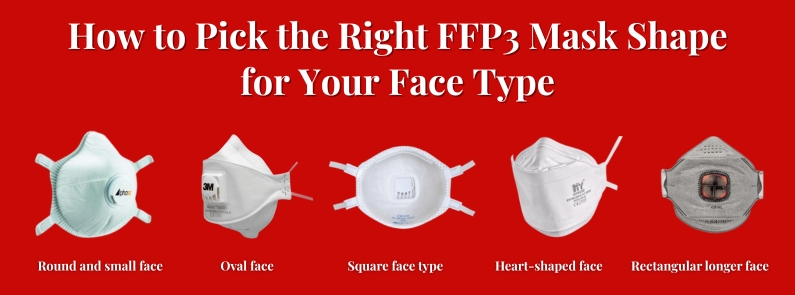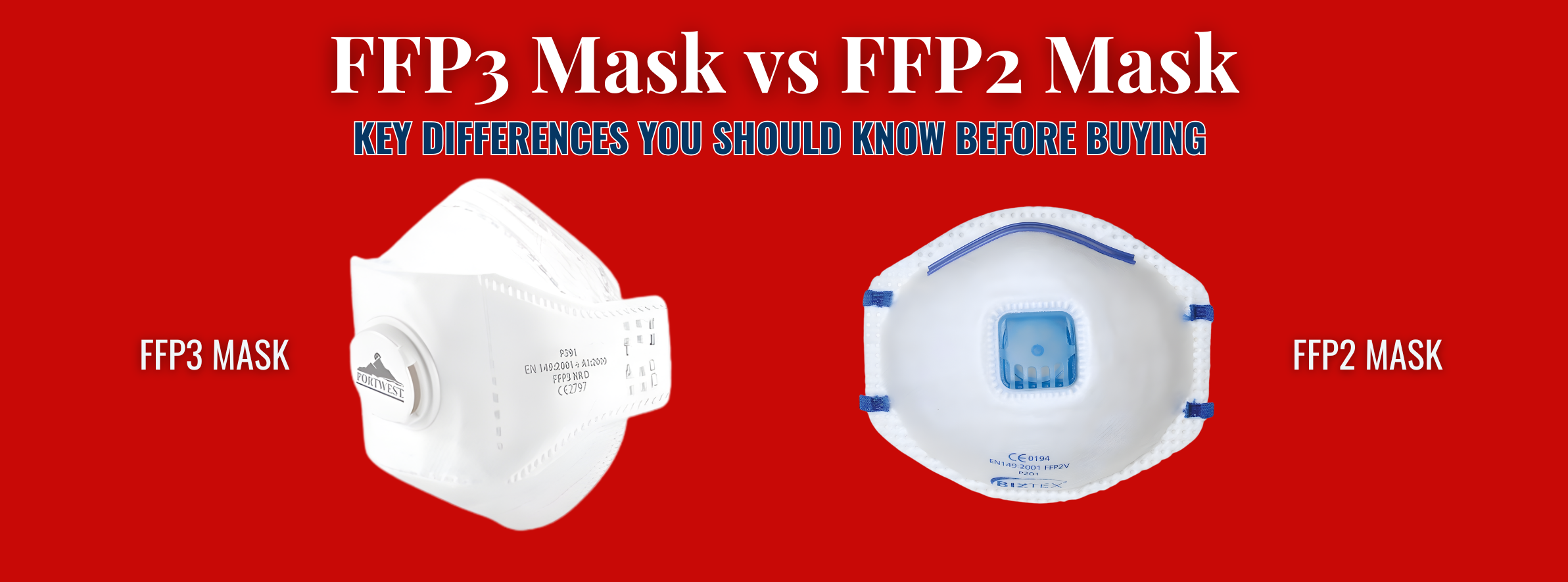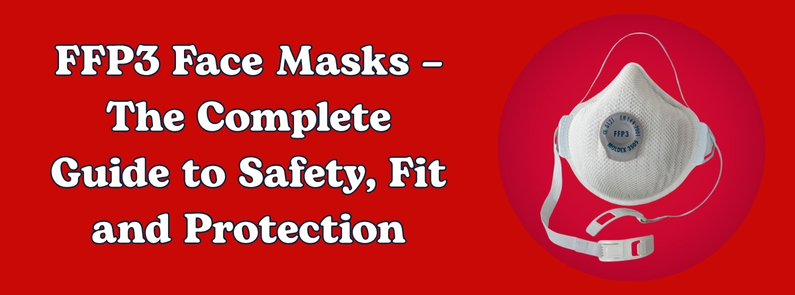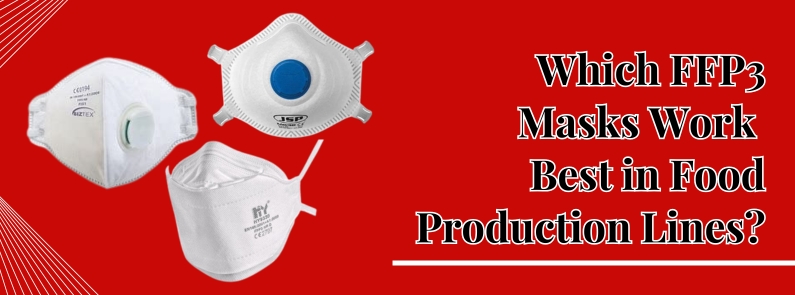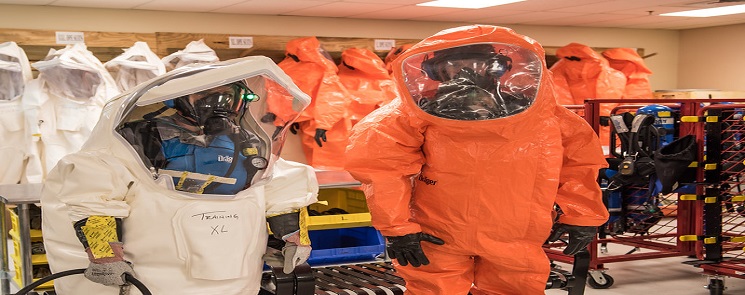
Considering the lack of sufficient data and standards, selecting correct chemical-protective clothing for your workers, be it asbestos coveralls or anything else, could surely be a tough task. However, as outlined by the Environmental Protection Agency (EPA), it has become important to wear protective ensembles on the basis of levels of exposure and hazard; level A, B, and C. Given that chemical protective clothing can save workers from hazards, it is imperative to choose the right one for your team.
This post will take you through the measures that you must take while shopping for protective ensembles required for your workforce. Have a read.
Understanding about The Chemicals:
The first and most important step is to assess chemical hazards that workers are being exposed to at the workplace daily. For this evaluation, you can check the chemical products’ inventory. This will help you understand the level of protection required while purchasing chemical protective suits.
The accurate way to conduct this evaluation would be to have a Safety Data Sheet (SDS) along. This sheet will help identify hazards, comprehend first aid treatments and clothing requirement in a better way.
Determining the Exposure:
Once you are done with the assessment, the next step will be to identify how often your team is exposed to these chemicals. While evaluating this factor, keep a keen eye on splash direction, pressurized spray potential, and the time duration of exposure. These factors will help decide which suit and a protective mask like the ffp3 mask, will be the apt choice.
Choosing the Fabric:
There is a wide variety of fabrics available out there. However, keep in mind that not every type will work best in your workplace. Generally, fabrics get graded according to the time consumed by a chemical to pass through the material, which is known as permeation.
This time can significantly vary on the basis of chemical concentration and type. Penetration, on the contrary, takes place when chemicals penetrate a suit via a seam, pore, defect, or any opening in the material. Basically, the more the permeation time, the better will be the fabric.
Reflect Upon the Seams:
Study whether the chemicals being used are in gas, liquid or solid state. This factor contributes to selecting the seam type of the right chemical suit for your workers. If the hazardous material majorly includes particulate matter, choosing a stitched or a serged seam would be appropriate.
However, if the team is handling microscopic or liquid chemicals, you can consider opting for a bound seam.
Safety and Comfort:
Another considerable factor to be kept in mind is whether the chosen suit is ideal for the overall working environment. Generally, these chemical protective suits are well-made, easy to wear and take off, comfortable as well as breathable.
Despite that, look out for any improvement you can make to the suit as per the worker’s needs. Even if alterations are needed, you must ensure that it’s done accurately. Is the shoulder fitting good enough? Does the back have elastic? Is the full face respirator fitting well? Is the zipper working well? Get answers to these checklist questions and take appropriate action.
Additional Factors to Consider:
In addition to everything else mentioned above, there are a few more things to consider. For instance, decide whether the clothing should be flame resistant or not. This generally depends upon the fire exposure at the workplace.
Are there any environmental factors that can impact the decision? Or, will it be easier for employees to communicate with each other while wearing these clothes? Is the suit durable or not?
Keep Your Team Safeguarded:
It is definitely not easy for people to work in an environment that has a chemical presence. Along with hazards and probable accidents, there are innumerable other things that can make it difficult for the team to work.
Hence, to ensure smooth working flow with utmost safety, make sure that you are purchasing the right type of chemical protective suits. Keep the tips mentioned above in mind and buy the best fit for your workers.

